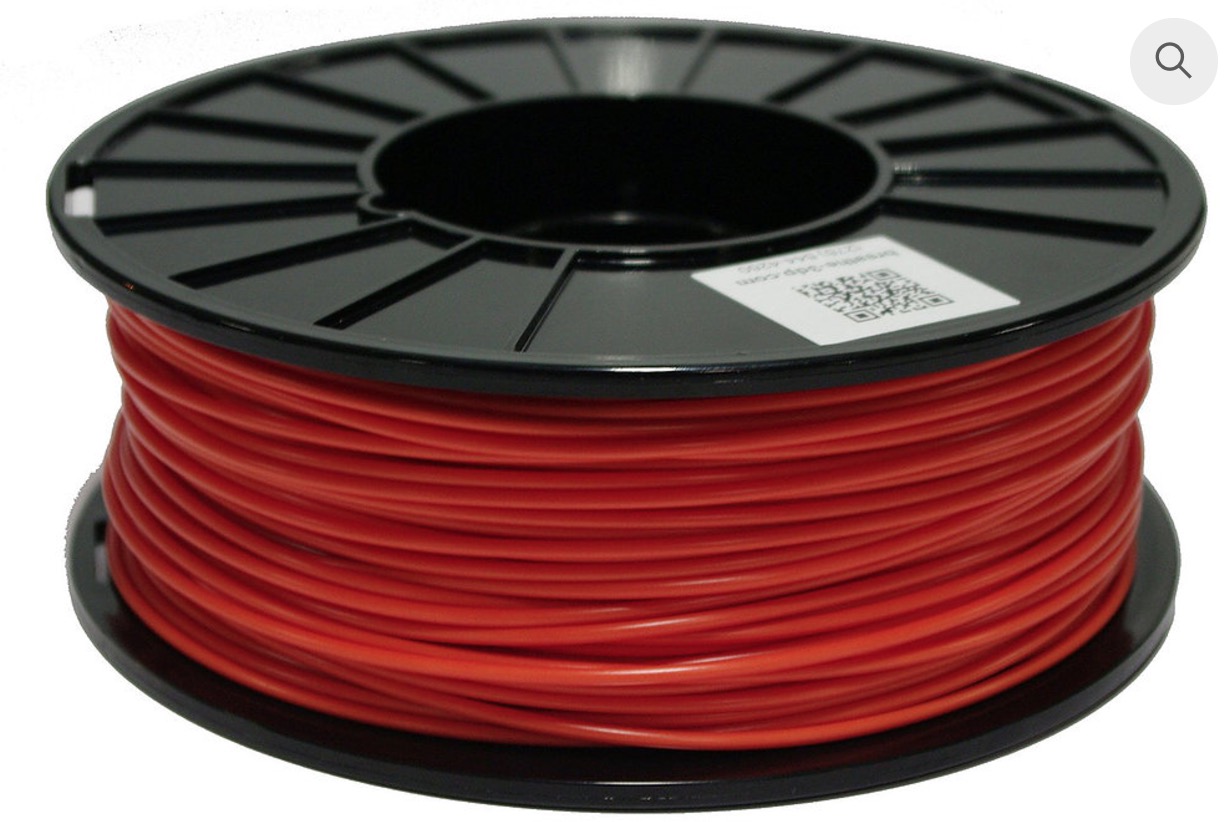
Is it nylon 3D printer filament or PLA. Actually, this product is both!
There’s a pretty distinct gap of capabilities in many desktop 3D printers, solely due to the presence (or absence) of a heated print surface.
If you have a heated print surface, you can at least attempt to 3D print a wide variety of materials, such as ABS, nylon, HIPS and many others. Without the heated print surface, the print may not adhere properly and will likely warp, causing the print to fail.
However, unheated desktop 3D printers can successfully 3D print PLA plastic, as it is a low temperature material that doesn’t warp strongly. Using simple adhesion techniques such as blue tape, hair spray or a specially designed plastic surface like PEI, the PLA will happily stick throughout a print job.
However, this means that that type of desktop 3D printer is locked out of using the more exotic materials, such as nylon.
Some variety in materials is possible through the use of hybrid plastics, where another substance is mixed in with the standard PLA polymer. For example, there are many “metal” PLA filament products, which are in fact just PLA mixed with a ratio of fine metal powder. The resulting print has some metal-like characteristics, so it works for many.
But nylon was always out of reach.
But now I see a product that’s a mix of nylon and PLA, called “Nylon PLA++”, from Kre8Now. They explain:
PLA++ is a revolutionary new 3d printing plastic with the ease of printing normal PLA filament, but with the added durability and lifespan that rivals traditionally molded plastic. Ideal for prosthetic parts, children’s toys and other high impact situations.
Certainly this plastic will not be anywhere near as strong as pure nylon, but it definitely will add some strength over plain PLA.
One thing to note, however, is the melting temperatures. PLA’s extrusion temperature is far less than nylon, and thus it suggests this filament will extrude soft PLA that has solid nylon bits within it, as the temperature will not be sufficient to soften the nylon.
Via Kre8Now

